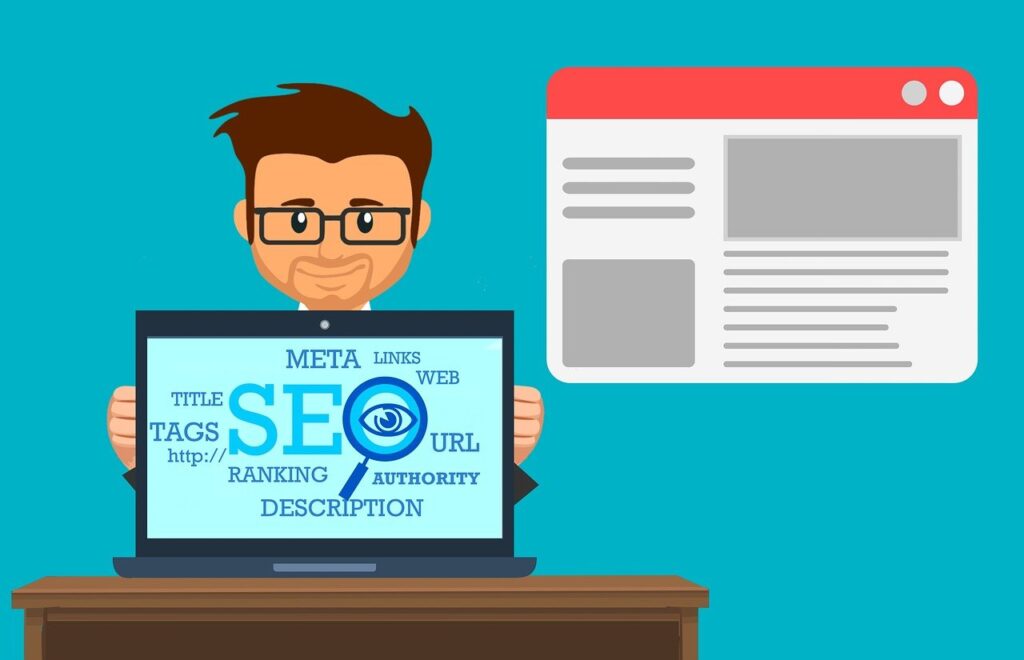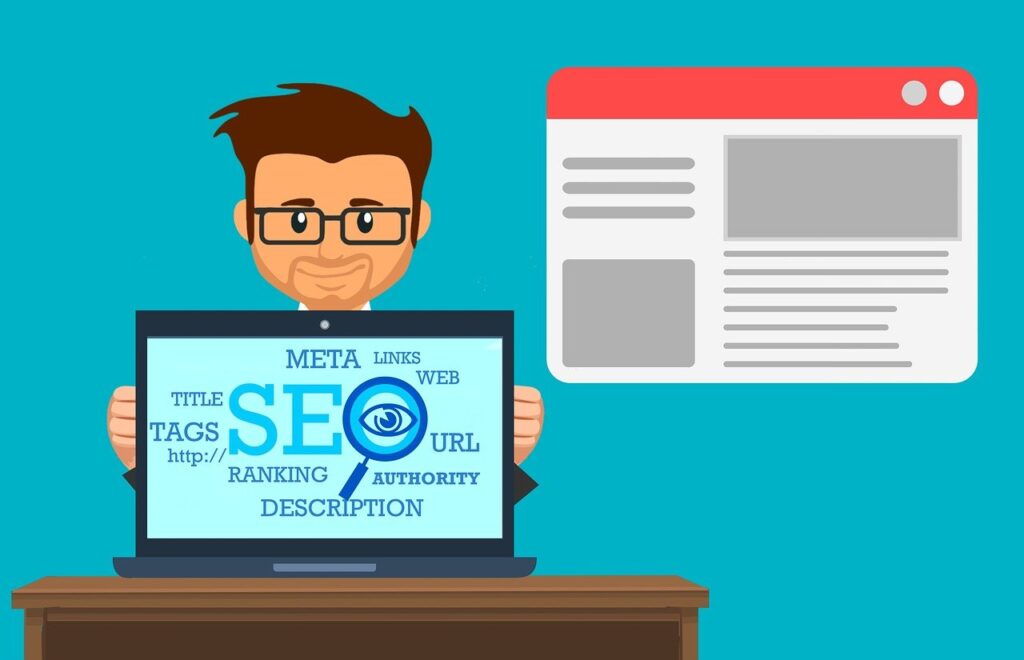Running a website comes with its fair share of challenges. Whether you’re a business owner, a blogger, or managing a corporate website, performance issues can make or break your success. Slow loading speeds, outdated content, security vulnerabilities, and SEO problems can all impact user experience, search rankings, and ultimately, conversions.
In this article, we’ll explore some of the most common website performance challenges and how to overcome them—so you can optimize your site’s potential and drive more traffic, engagement, and sales.
1. Slow Page Load Speeds: The Silent Killer of User Experience
One of the most significant pain points that website owners face is slow page load times. It’s no secret that today’s users expect fast-loading websites. In fact, research shows that 53% of mobile users will abandon a site if it takes more than 3 seconds to load. What’s worse, slow loading speeds can hurt your SEO rankings as search engines like Google prioritize fast-loading websites.
But what can you do when your site feels sluggish? The first step is to identify the root causes of slow load times. Large image files, excessive HTTP requests, and unoptimized scripts can all contribute to performance issues.
Solution: A great way to tackle this issue is by optimizing images and scripts. Switching to modern image formats like WebP can significantly reduce image size without sacrificing quality. Additionally, compressing JavaScript and CSS files, and utilizing browser caching can speed up your site.
Implementing such changes can help you significantly reduce load times, resulting in a smoother user experience and better rankings. Tools like RankNinja can provide automated image optimization and performance analysis to ensure your website loads fast and ranks higher.
2. Outdated Content: Is Your Website Stale?
Keeping your website’s content up-to-date is often overlooked but is a critical factor in SEO performance. Outdated content not only loses relevance but also risks dropping in search engine rankings. Google and other search engines prefer fresh, relevant content that reflects current trends and topics.
If you haven’t updated your blog, products, or service pages in a while, you may have already experienced a decrease in search traffic. Furthermore, visitors are less likely to engage with content that feels old or irrelevant.
Solution: Regularly checking your content and updating it when necessary can help maintain its relevance. Adding new blog posts, updating product descriptions, and refreshing old content are excellent strategies for keeping your website fresh and SEO-friendly.
For businesses and content creators, automating the process of tracking content freshness can save time and ensure your site always provides valuable, up-to-date information. Tools like RankNinja can monitor your content and alert you when updates are needed to keep your site current and SEO-optimized.
3. Security Concerns: Are You Putting Your Website at Risk?
Security is a growing concern for website owners. With the rise of cyberattacks and hacking attempts, securing your website is essential—not only for protecting your data but also for maintaining your site’s credibility and SEO rankings.
Google has increasingly been prioritizing secure websites (those with HTTPS encryption), and users are more cautious about entering personal information on sites that don’t appear secure. If your site is vulnerable to attacks, you could be risking both your reputation and your ranking.
Solution: Securing your site involves more than just adding an SSL certificate. Implementing features like firewall protection, spam filtering, and blocking malicious IPs can provide extra layers of defense against potential threats.
By adding these security features, you can ensure a safer experience for both your website and your visitors, while also boosting your SEO potential. Platforms like RankNinja offer tools to improve site security, ensuring that your website is safe and SEO-friendly.
4. Poor User Experience: A Barrier to Engagement
User experience (UX) is one of the most critical factors that contribute to website success. If your visitors find it difficult to navigate, encounter slow load times, or feel that your site is insecure, they’ll leave. A poor user experience often leads to higher bounce rates and lower conversions.
You might have the best products or content in your industry, but if your website isn’t user-friendly, visitors won’t stick around to see it.
Solution: To improve UX, focus on optimizing site navigation, reducing clutter, and making sure your website is mobile-responsive. Ensuring that your site loads quickly, has minimal pop-ups, and provides intuitive navigation can greatly enhance the user experience.
For example, simplifying your site’s design and making sure that images are properly optimized for faster load times can help create a more seamless experience for your visitors. Tools like RankNinja can help automate these optimizations, improving your UX and boosting your site’s performance.
5. SEO Struggles: Why Are You Falling Behind?
Another frustrating issue for many website owners is the inability to rank on search engines despite their best efforts. SEO is a complex beast—if you’re not optimizing your content properly, it can be challenging to rank high for your target keywords. There’s also the issue of on-page SEO elements like meta tags, headings, and image alt texts, all of which must be perfectly optimized to ensure better visibility.
If you’ve been struggling with SEO or just want to get better rankings, you’re not alone. Many businesses face this challenge, but there are plenty of strategies to improve your SEO performance.
Solution: To boost your SEO efforts, it’s important to regularly audit your website for any SEO issues, optimize your content around high-performing keywords, and ensure that your website is technically sound (e.g., mobile-friendly, fast loading, etc.).
In addition, ensuring that your website’s security, content freshness, and UX are optimized will work hand-in-hand with your SEO strategy, giving you the best chance of ranking higher on search engine results pages (SERPs). With the help of tools like RankNinja, you can easily identify and fix SEO issues to improve your website’s rankings.
6. The Key to Overcoming These Challenges
All of the above pain points can be overwhelming to tackle on your own. Fortunately, there are tools that can help you address each of these challenges efficiently. A comprehensive SEO tool can analyze your website, pinpoint areas that need improvement, and provide automated solutions to optimize performance.
For example, certain tools can help monitor your content for freshness, optimize images for faster loading, check for SEO issues, and even add security features to safeguard your site.
By using the right tools, you can ensure that your website remains competitive, secure, and user-friendly—while also driving better SEO results.
If you’re serious about improving your website’s performance and overcoming these challenges, look for an SEO solution that offers features like image optimization, content freshness monitoring, SEO analysis, and security enhancements. It will save you time and give you the peace of mind that your site is in top shape. RankNinja is an excellent resource to automate these processes and make sure your website is performing at its best.







